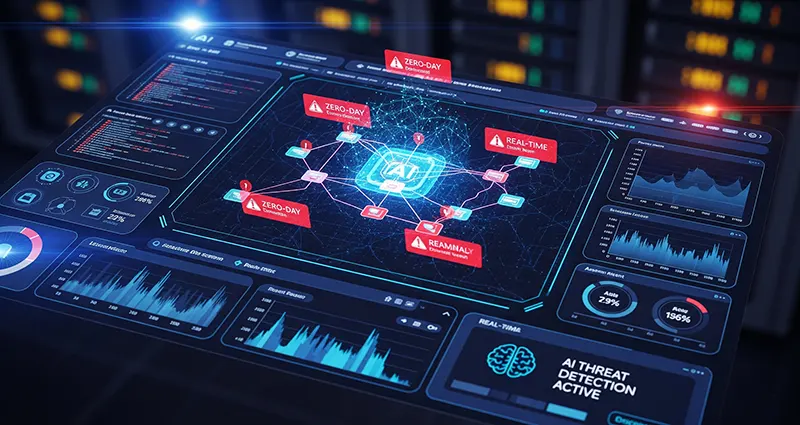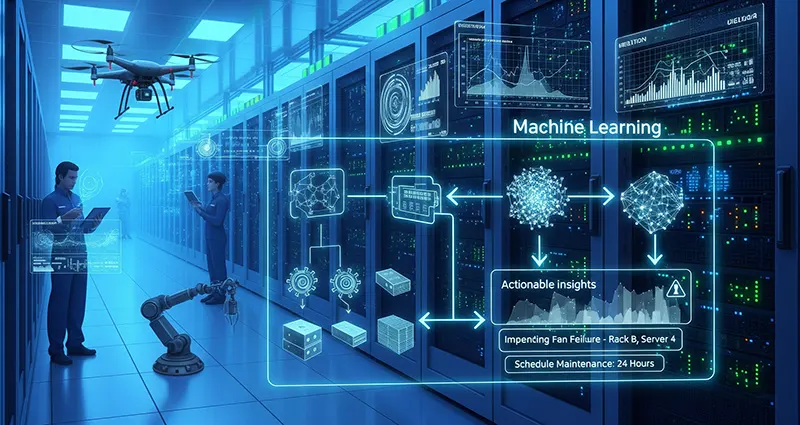Using AI for Real-Time Zero-Day Threat Detection in Enterprise Networks
In the rapidly evolving landscape of cybersecurity, enterprise networks face continuous threats that challenge traditional defense mechanisms. Among these threats, zero-day attacks represent some of the most dangerous and elusive vulnerabilities. Leveraging artificial intelligence (AI) for real-time zero-day threat detection has become a pivotal strategy to enhance enterprise security and stay ahead of cyber attackers.
Understanding Zero-Day Threats
Zero-day threats refer to previously unknown security vulnerabilities that hackers exploit before developers can create patches or fixes. Because there is no existing signature or defense mechanism, zero-day attacks can cause significant damage, leading to data breaches, system downtime, and financial losses.
The Challenge of Detecting Zero-Day Threats
Traditional security solutions, such as signature-based antivirus and intrusion detection systems, rely on known threat patterns. These methods struggle to identify zero-day attacks as they have no historical data or signatures to reference. This limitation necessitates advanced, adaptive, and intelligent detection techniques.











